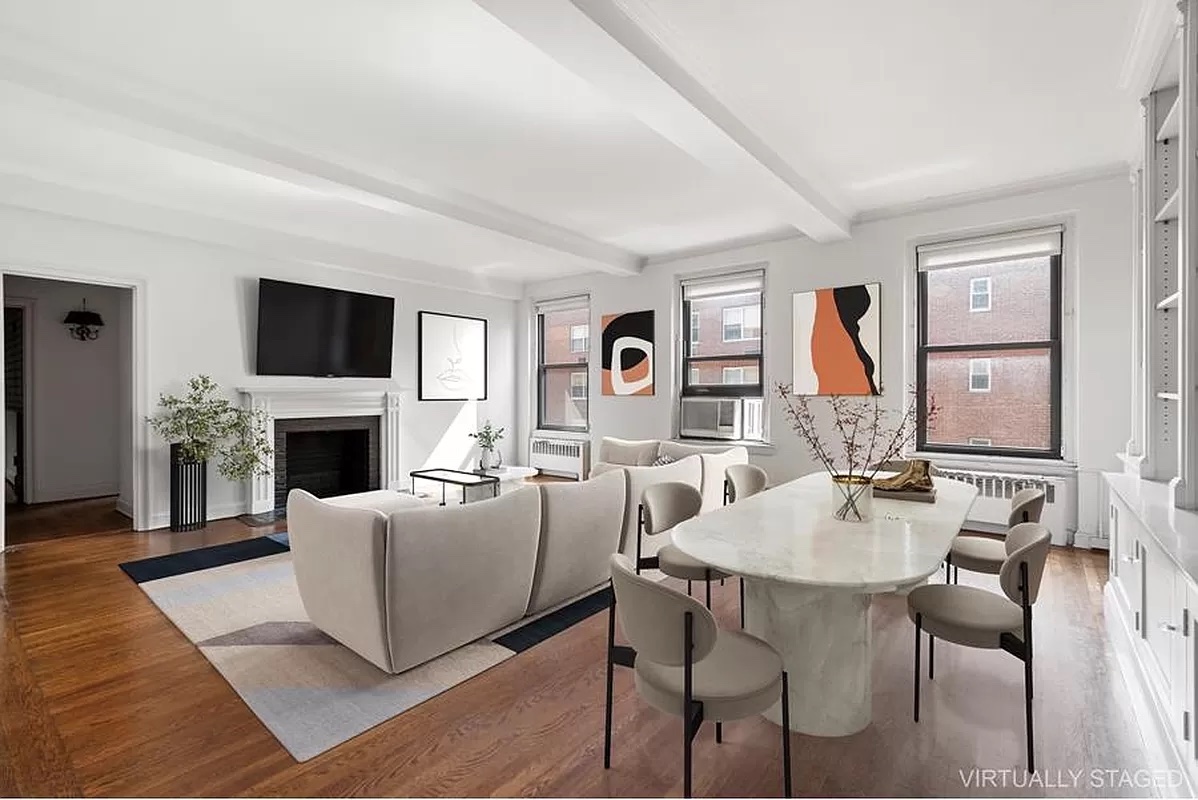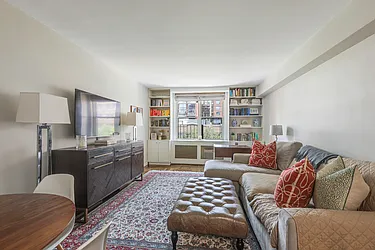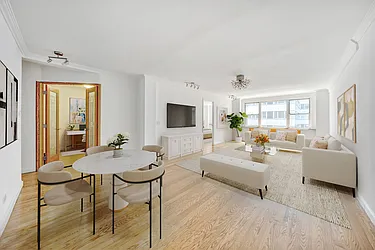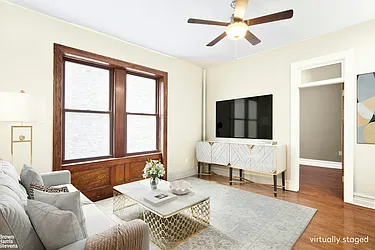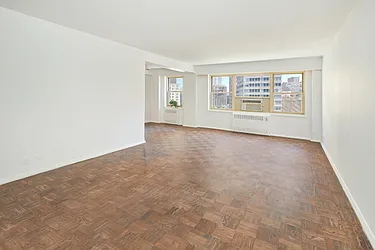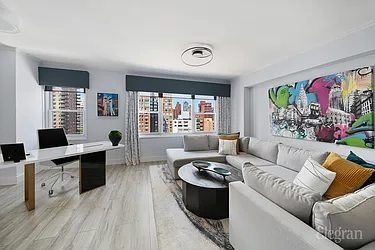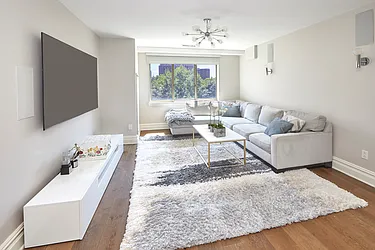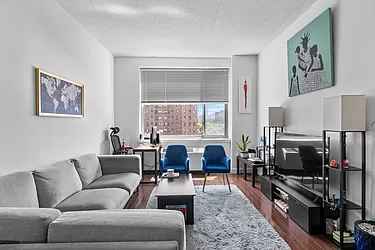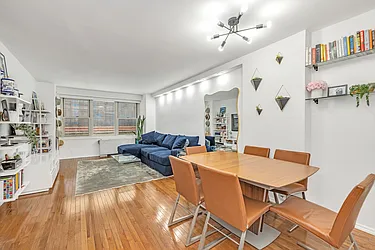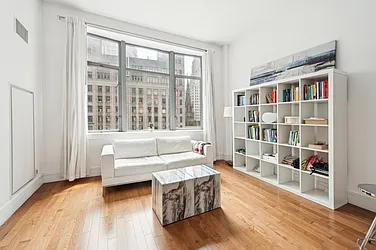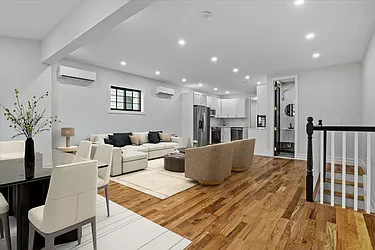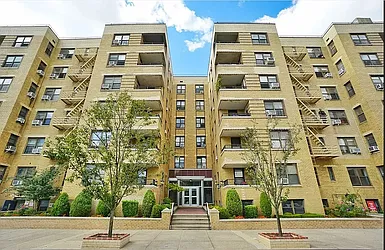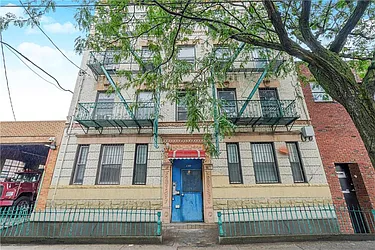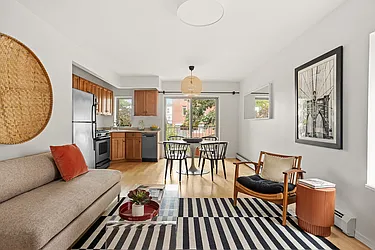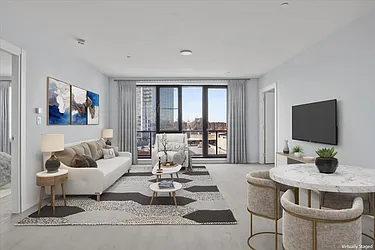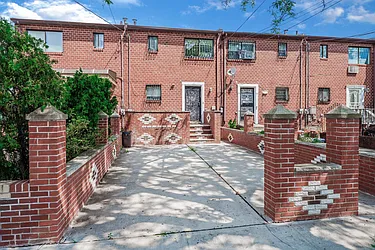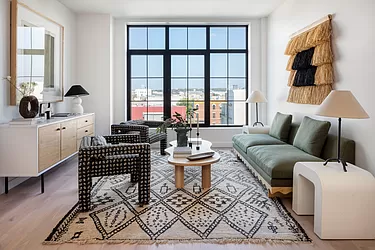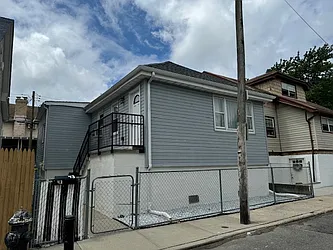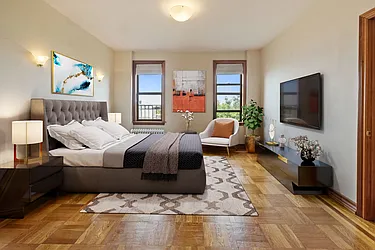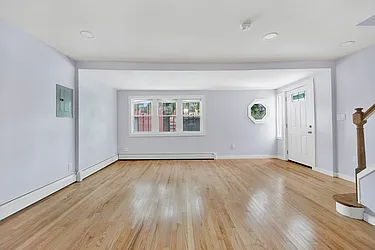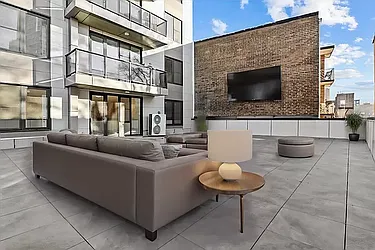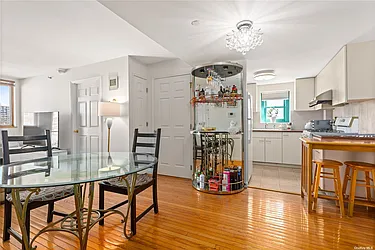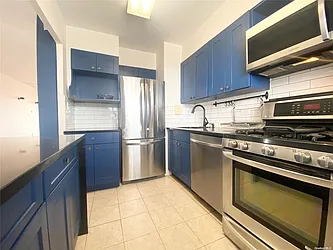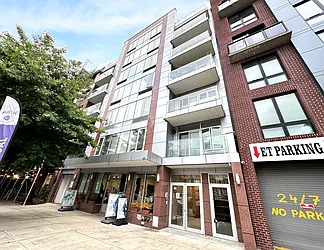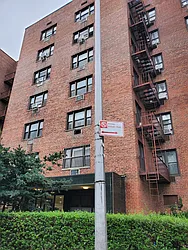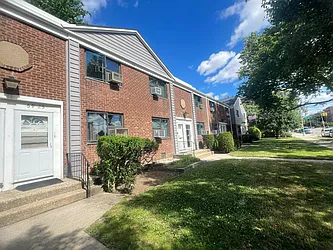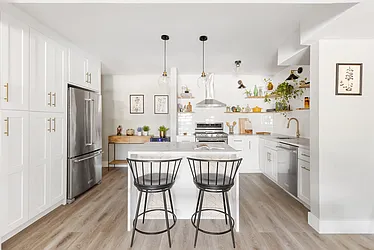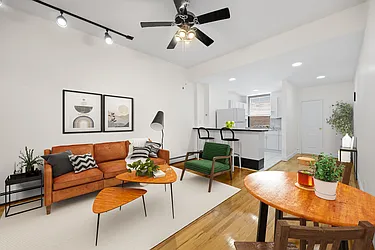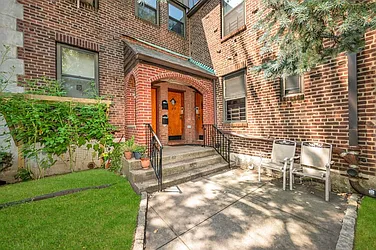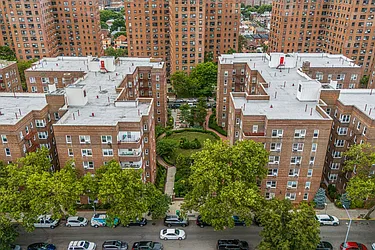Usually, the timing of an apartment sale aligns well enough to allow sellers to move out — or buyers to move in — right after closing. But there are myriad reasons why that is not always the case. Enter the leaseback agreement, a contract in which the buyer agrees to let the seller stay in the apartment for a specified amount of time after closing.
Table of Contents
Manhattan Homes Under $1M on StreetEasy Article continues below
How Does a Leaseback Agreement Help Home Buyers and Sellers?
This setup can prove useful when there is a gap between the closing date and the soonest possible move-in or move-out dates. “People have all kinds of reasons for needing to close when they do,” explains Liz Schwartzberg, a broker with Compass. “A leaseback agreement can help accommodate the nuances of life that impact when people need to move, relative to when they need to close.” For example, existing mortgages or market projections may push buyers and sellers to close before they can feasibly move in or out. And things like long trips or unexpected medical issues can make moving on schedule inconvenient, or impossible.
A leaseback agreement can be particularly useful for sellers who are buying a home at the same time. Especially if they have yet to find their next home — or if it is not yet move-in ready. The agreement gives these sellers two benefits: more time to move out, plus immediate income from the sale, which can be used for their next purchase.
Buyers who do not have an immediate need to move in, meanwhile, receive benefits as well. There’s the security of closing on the home at a set mortgage rate on a set date. But there’s also the promise of regular rental payments from the seller, who effectively becomes their tenant.
Brooklyn Homes Under $900K on StreetEasy Article continues below
Do You Need a Lawyer for a Leaseback Agreement?
Schwartzberg “absolutely recommends” working with a real estate lawyer when creating a leaseback agreement. “This can be a delicate situation for a variety of reasons, and one best navigated with attorneys on both sides,” she says. “Both buyers and sellers should consult with their real estate agents, as well as the real estate attorneys assisting them with the purchase or sale.”
How to Set Up an Agreement
“The simplest way to create a leaseback agreement is to have the buyer’s attorney draft a post-closing occupancy agreement that is signed by both parties,” says Schwartzberg. This will formalize a timeline, which is crucial. Leasebacks can last as little as a few days or for much longer periods of time. It’s important for both buyer and seller to understand and approve the limits. Sometimes, a leaseback can be negotiated as an addendum to the contract of sale after signing.
Another key aspect of the agreement is determining the amount of money to be held in escrow. This covers the buyer in case the seller damages the property after the initial walkthrough and closing. Once the seller has moved out, a second walkthrough rechecks the apartment’s condition. “If there are no damages, the escrow, essentially functioning as a security deposit, is released to the seller,” says Schwartzberg. “If there is damage, then the attorneys and brokers have to reconvene and come up with an agreed-upon cost for repairs.”
Queens Homes Under $800K on StreetEasy Article continues below
Are There Other Options?
Leaseback agreements only work if the timing makes sense for both parties. “Getting a seller and buyer to match up their timelines perfectly can be very difficult,” says Schwartzberg. Her clients sometimes opt for a simple postponement workaround instead. “In New York, either party can adjourn the closing for up to 30 days, no questions asked,” she explains. “This can give a seller who’s not ready to move out — or a buyer who’s not ready to move in — a bit of leeway.” Note that this route, while it cuts down on legal formalities, can be disruptive to the other party’s plans.
